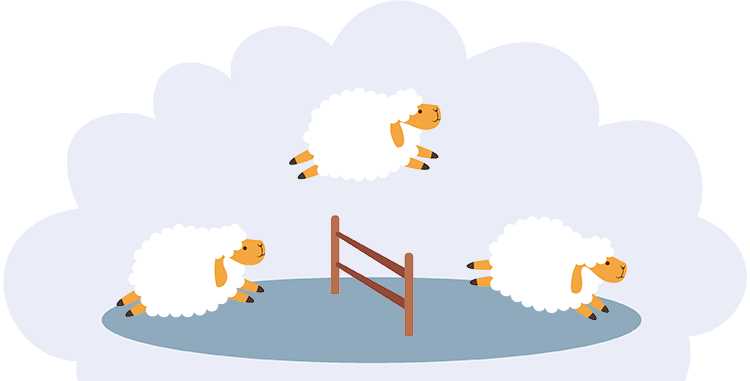Periodic limb movements during sleep
This disorder is considered a somnological problem, since limb movements disturb sleep, cause weakness and severe drowsiness during the day. The frequency of the disease increases with age. It is more susceptible to persons with iron deficiency, peripheral neuropathy, renal failure, Parkinson’s disease.
How the disease manifests itself
This is a neurological disease, manifested by excessive motor activity of the limbs during sleep. Patients report that their legs twitch in their sleep. Stereotypical, short movements of the lower extremities occur periodically – about every 30 seconds. In mild forms, movements are noted only during falling asleep and during the first two hours of sleep. Then the disturbances disappear, and the person sleeps peacefully until morning. In severe cases, they persist all night.
Periodic movements of the limbs in a dream can be compared with “kicking”, they are of a certain nature: first, the leg is bent at the hip, knee, then the foot and thumb are dorsiflexed. The severity of movements can be different – minimal twitching of one big toe or intense movement of the entire limb.
Localization of movements is also different: twitching with one leg, two legs at once or alternately. If both legs are involved in the movement, then it usually occurs synchronously, in rare cases, the limbs move “out of order”. The severity of the syndrome is judged by the frequency of movements per hour. A frequency of 10 to 20 is mild, 20 to 50 is moderate, and more than 50 is severe.
Examination and treatment
If your relatives note that during sleep your legs twitch, and this violation causes discomfort to you and prevents you from resting, you should contact a somnologist. Patients undergo polysomnography , the results of which establish an extension of the period of falling asleep. After falling asleep, during episodes of limb movement, microactivations appear on the encephalogram . The index of micro -awakenings serves as a criterion for the severity of the syndrome . An index greater than 25 indicates a severe form of the disorder.
Some patients may note that along with the involuntary movement of the legs, their hands twitch in their sleep. This aggravates the patient’s condition. If symptoms of involuntary movement occur more than twice a week, make it difficult to fall asleep and maintain sleep, and impair quality of life, then therapy is necessary.

